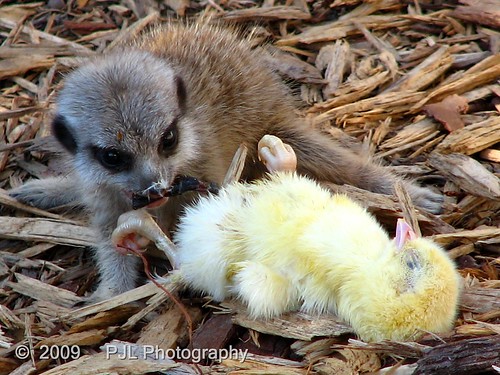 |
| A PAINTING OF SOME MEERKATS |
 |
| A WOODEN STATUE OF SOME MEERKATS |
 |
| I THINK THEY ARE LOOKING UP AT THE SKY FOR PREDATORS |
 |
| BABY MEERKATS ARE ADORABLE |
 |
| IT IS GOING TO EAT A CHICK! |
 |
| BABY MEERKATS DIGGING THE GROUND |
 |
| A PAINTING OF SOME MEERKATS |
 |
| A WOODEN STATUE OF SOME MEERKATS |
 |
| I THINK THEY ARE LOOKING UP AT THE SKY FOR PREDATORS |
 |
| BABY MEERKATS ARE ADORABLE |
 |
| IT IS GOING TO EAT A CHICK! |
 |
| BABY MEERKATS DIGGING THE GROUND |
No comments:
Post a Comment